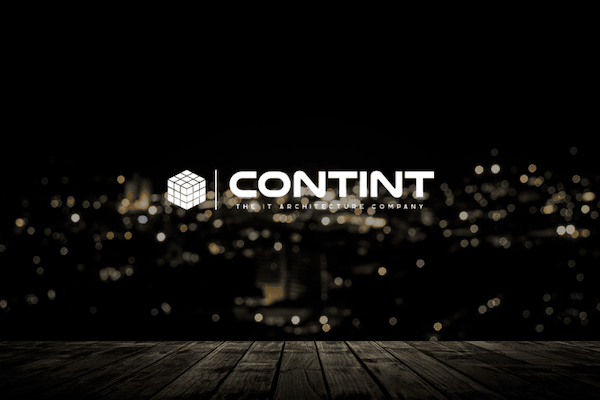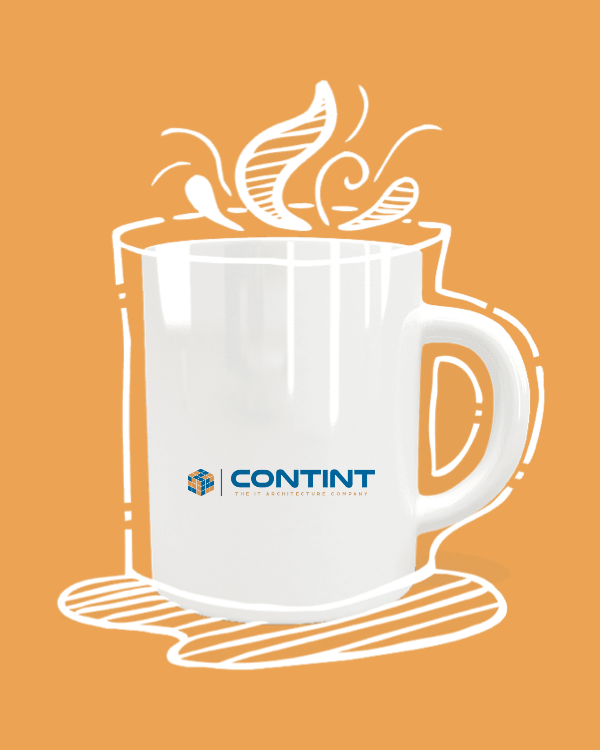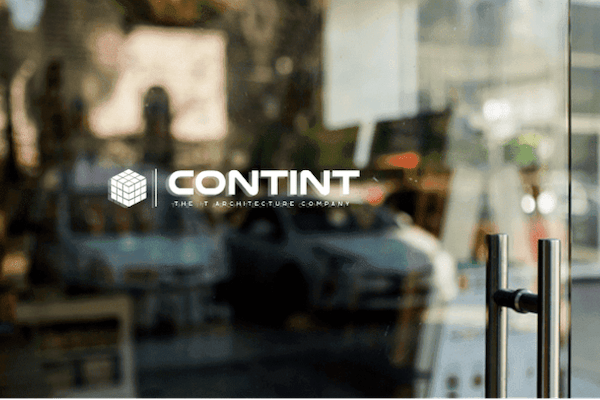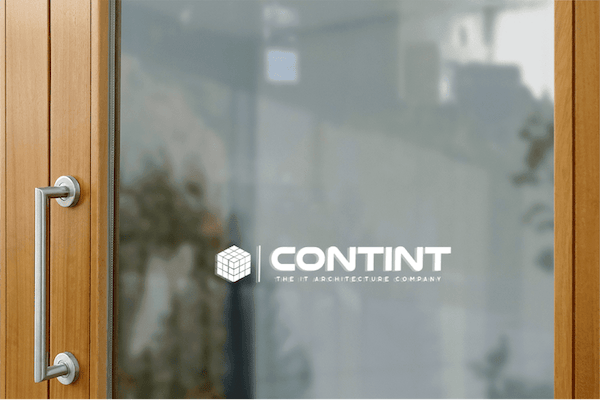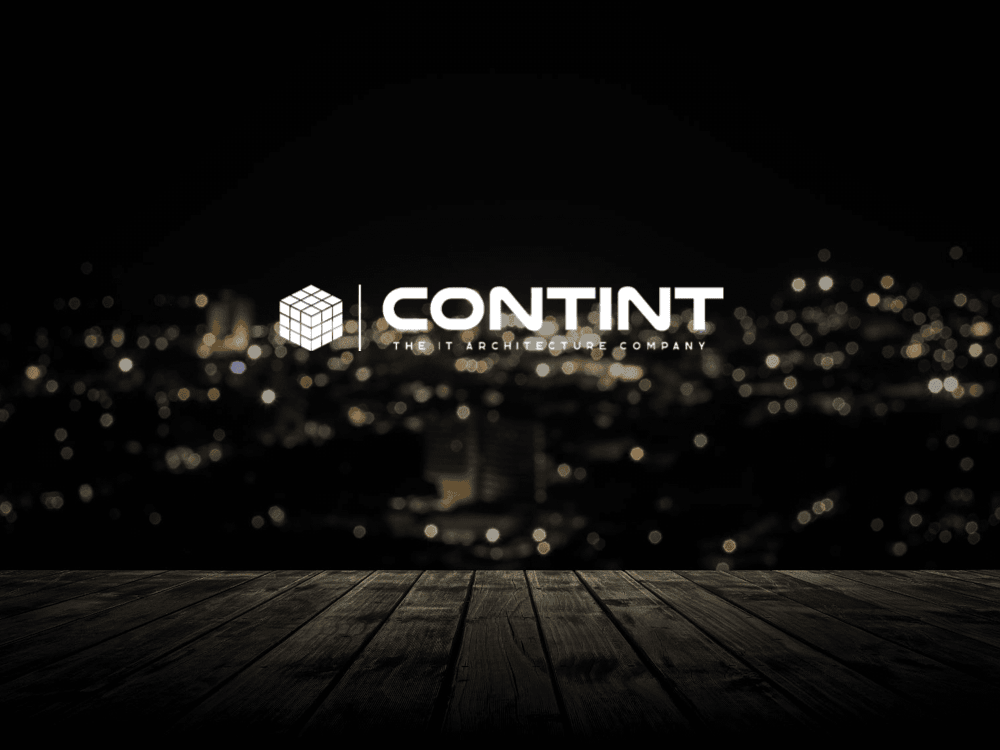Microsoft has launched Copilot Pro. This allows AI to be used for the analysis of company data. Before using Copilot, a number of things need to be carefully considered. Organizing company data is one of them.
Data management plays a crucial role in the successful implementation of Microsoft Copilot, but this actually applies to the use of all advanced technologies. It is essential to understand how data quality, labeling and accessibility can affect the efficiency and effectiveness of Copilot Pro.
Data Quality: The Foundations of Reliable AI
One of the first and most important considerations is data quality. Microsoft Copilot, like any AI-driven tool, is only as good as the data it feeds. Inconsistent, incomplete or incorrect data can lead to misleading insights and decision-making. Ensuring high data quality is therefore not just a task, but an ongoing obligation. This includes procedures for regularly cleaning, validating and updating data to ensure that the information Copilot relies on is accurate and current.
Data Labeling: The Path to Contextual Understanding
Data labeling, the process of identifying and marking data sets for specific purposes, plays a vital role in how effectively Copilot can perform tasks and learn from interactions. Correctly labeled data allows Copilot to understand nuances and context, which is crucial for tasks such as language analysis, trend forecasting, and personalized recommendations. A well-thought-out labeling strategy increases the accuracy and relevance of AI-generated output, leading to better decision-making and business results.
Access to Data: Key to Empowerment
Access to data is another critical aspect. The effectiveness of Microsoft Copilot depends on its ability to seamlessly integrate with various data sources. It is therefore important that the right policies and security protocols are in place to ensure secure yet efficient access to necessary data. This means balancing security with accessibility so that Copilot can function within required parameters without compromising data integrity.
There are significant benefits to implementing Microsoft Copilot in your organization, but these are highly dependent on the underlying data management practices. A robust data management plan, focused on maintaining high data quality, accurate data labeling and secure data access, is essential to realize the full potential of AI-driven tools. IT has the role to properly guide these efforts, which are crucial to the organization's success in the AI era. The architect must ensure that all preconditions are on the radar.

 DE
DE  NL
NL  EN
EN 